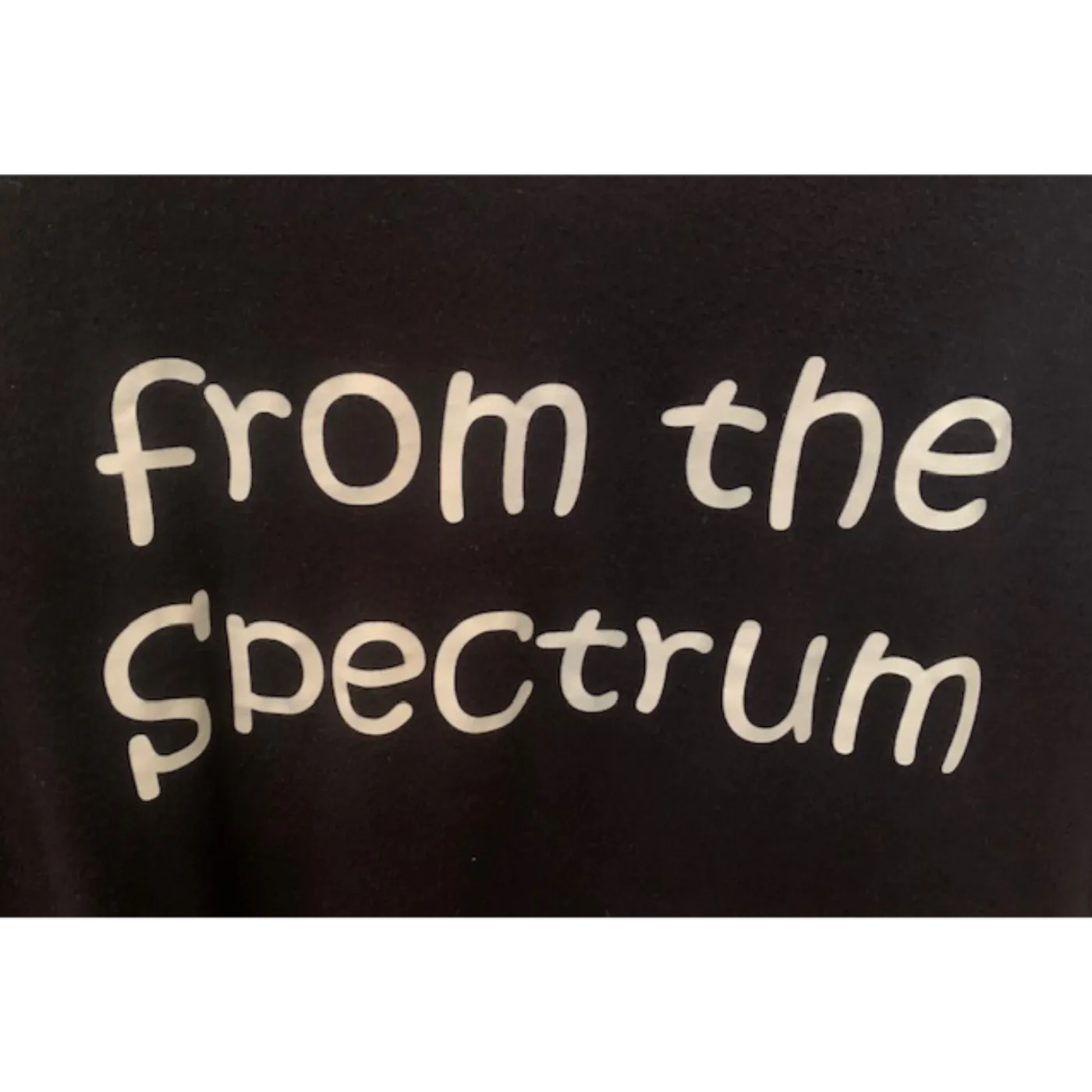
A Year in Review from previous episodes.
00:00 - Intro
00:42 - Warning Against Comparing Rates; why comparing autism rates across different time periods is misleading due to changes in diagnostic criteria and definitions.
02:07 - Historical Context; the Bayh-Dole Act, DSM acceptance of Autism, and changes in vaccination schedules, affecting Autism definitions; Core Autism Characteristics
04:30 - Educational Challenges; Describes the typical school day's structure as potentially overwhelming for Autistic individuals due to frequent subject changes.
05:36 - Intense Focus; Autistic individuals might fixate on topics with abnormal intensity or focus, which is a hallmark of Autism.
08:40 - The biology of Autism allows us to be comfortable within ourselves; contrasting with societal expectations.
09:09 - Employment and Anxiety; Considers how the expectation to fit into social norms can lead to anxiety and challenges in employment for Autistic individuals.
10:10 - ADHD and Autism; Challenges the notion of coexisting ADHD and Autism,
14:26 - Early Detection; UCLA study on very young children showing altered salience network connectivity, hinting at early signs of Autism.
14:49 - Developmental Timing; emphasizes that Autism likely starts in the womb, suggesting prenatal development as a critical area for research.
15:14 - Neurodevelopmental Perspective; Autism as underdeveloped or abnormally developed cells, linking it to broader neurodevelopmental disorders.
16:03 - Comorbid Conditions: Explores the concept of Autism being associated with various other conditions due to shared developmental issues.
16:47 - Biological Processes: cellular proliferation, differentiation, and migration in the womb, crucial for brain development.
17:41 - Mitochondria and Autism
18:30 - Oxytocin & Autism; oxytocin as a molecule of interest, particularly its pathways and their implications for social behavior in Autism.
20:29 - Social Reward System; Explains how oxytocin and serotonin interaction in the brain contributes to the rewarding nature of social interaction, which might be lacking in Autism.
21:21 - Serotonin Synthesis; Details the synthesis of serotonin in both the GI tract and the brain, mentioning the enzymes involved and their significance.
22:34 - Tryptophan and Light; Discusses how light affects tryptophan, an amino acid precursor to serotonin, and its role in biological processes.
23:33 - Supplementing Relationships; Explores how visual thinking and movies can serve as a form of interaction for Autistic individuals, offering comfort or learning.
25:17 - Visual Learning; Highlights the concept of "thinking in pictures" and how it leads to accelerated learning or Autistic intelligence.
27:47 - Autistic Comfort and Societal Expectations; Advises against forcing Autistic individuals into societal norms that don't align with their natural inclinations, emphasizing understanding and acceptance
Hopp: https://www.hopp.bio/fromthespectrum
YT: https://www.youtube.com/channel/UCGxEzLKXkjppo3nqmpXpzuA
email: [email protected]